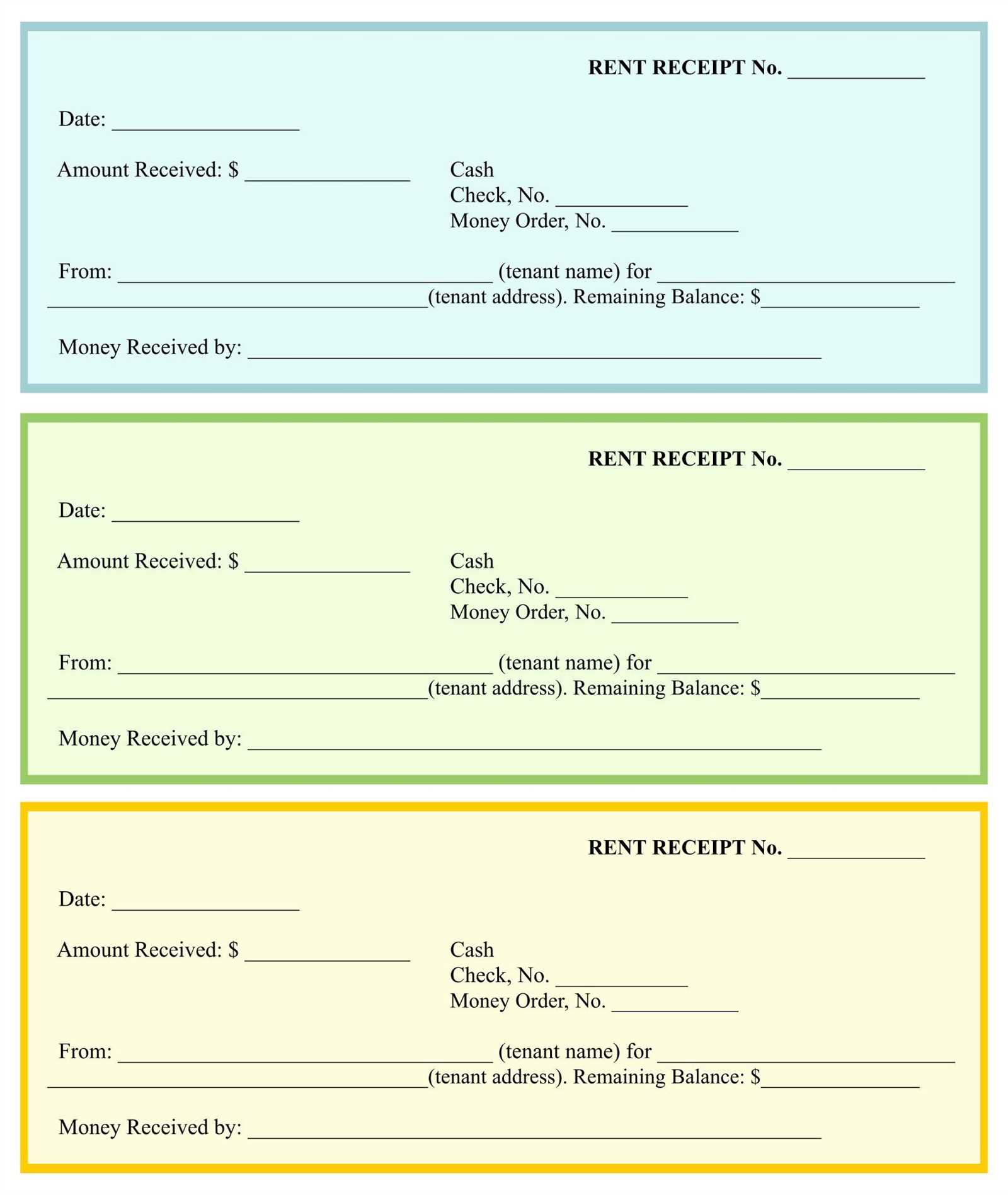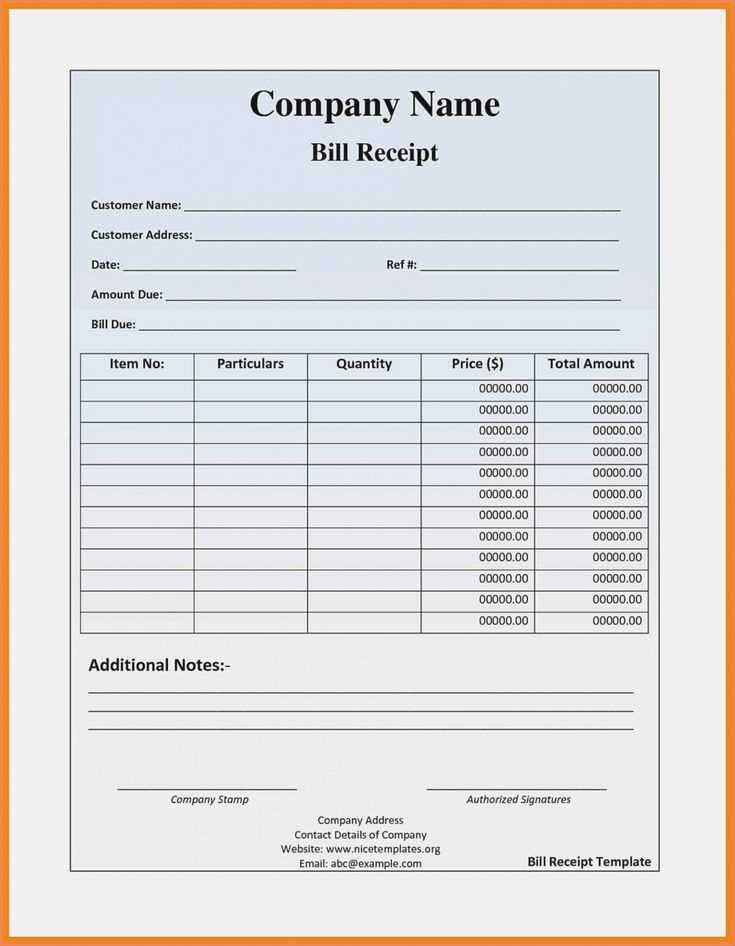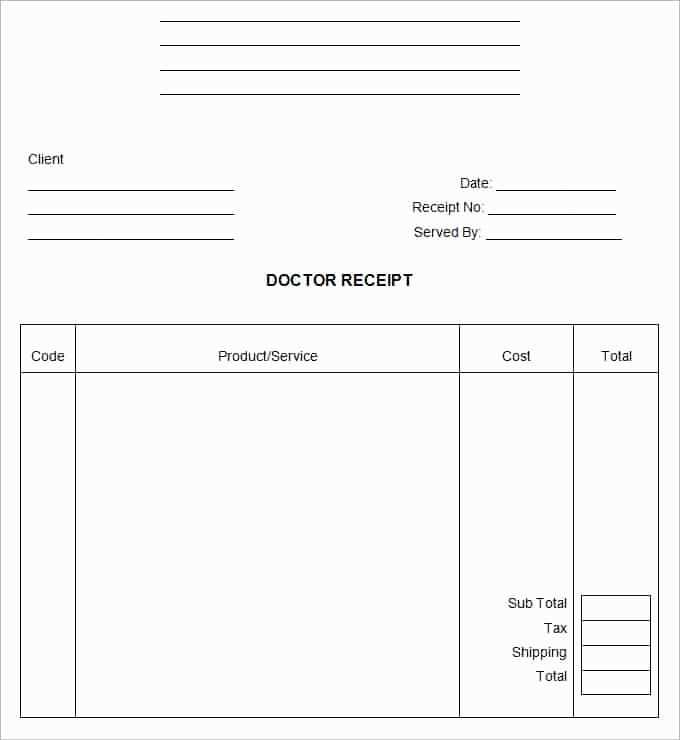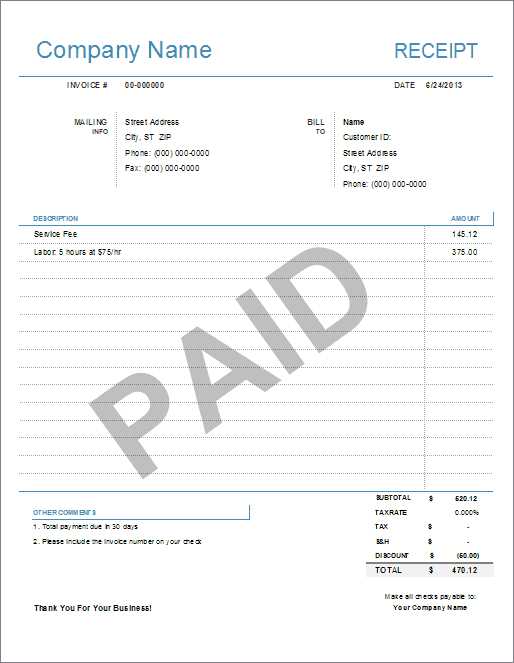
Ensure your acupuncture practice maintains organized and professional billing by using a well-structured receipt template. A properly designed receipt provides patients with a clear record of their visit, outlines services rendered, and simplifies reimbursement processes for insurance claims. Whether handling cash, card payments, or health savings accounts, a detailed receipt eliminates confusion and strengthens trust between practitioner and client.
Include essential details such as the clinic’s name, contact information, patient’s details, service descriptions, and payment breakdowns. Listing treatment codes, session durations, and practitioner credentials adds clarity and ensures compliance with regulatory standards. For insurance reimbursement, incorporate diagnosis and procedure codes to streamline claim processing.
Digital and printable templates offer flexibility based on your clinic’s workflow. Customizable formats in PDF, Word, or spreadsheet software allow easy modifications for different patient needs. Adding a professional logo, personalized disclaimers, and a unique invoice number enhances credibility while keeping records organized for tax purposes.
Acupuncture Receipt Template

Provide clear and professional receipts by including essential details: clinic name, address, contact information, and the practitioner’s credentials. Ensure that each receipt contains the patient’s name, date of service, and a breakdown of charges, including consultation fees, acupuncture sessions, and any additional treatments or herbal prescriptions.
Structuring the Receipt

Use a simple format with clearly labeled sections. A receipt should have a unique number for tracking, a subtotal, any applicable taxes, and the final amount paid. Specify the payment method and include a note if the receipt is for insurance reimbursement. Adding a brief description of the treatment enhances clarity for both the patient and insurers.
Enhancing Usability
Offer digital and printed copies for convenience. Digital receipts should be in PDF format for easy sharing, while printed versions should be on professional letterhead. Including a signature or clinic stamp adds authenticity. Keeping a copy of each receipt ensures proper record-keeping and simplifies future reference.
Key Elements to Include in an Acupuncture Receipt
Business Information: Clearly display the clinic’s name, address, phone number, and email. If applicable, include the practitioner’s license number for verification.
Patient Details: List the client’s full name and contact information to ensure accurate record-keeping and potential insurance claims.
Date and Invoice Number: Assign a unique receipt number and specify the treatment date for easy reference.
Service Description: Provide a brief yet precise summary of the treatment performed, including session duration and specific techniques used.
Cost Breakdown: Itemize charges for each service and include any discounts or additional fees. This ensures transparency in billing.
Payment Method: Indicate whether the client paid by cash, card, check, or another method. If necessary, include transaction details for future reference.
Insurance and Tax Information: If the receipt is used for reimbursement, add applicable insurance codes and tax details. Specify any covered amounts or patient co-pays.
Practitioner’s Signature: A signed receipt adds credibility and may be required for insurance claims or tax deductions.
Refund and Cancellation Policy: If applicable, briefly state refund conditions or rescheduling terms to avoid misunderstandings.
Formatting Guidelines for a Professional Appearance
Use a clean, easy-to-read font such as Arial, Times New Roman, or Calibri in 10-12 pt size. Keep margins at least 0.5 inches on all sides to ensure clarity when printed or viewed digitally.
Align text consistently. Use left alignment for main content and right alignment for totals to enhance readability. Avoid full justification to prevent uneven spacing between words.
Include a structured layout with clearly defined sections. A table is the best way to organize key details:
| Section | Details |
|---|---|
| Header | Clinic name, logo, contact details |
| Patient Information | Name, date of visit, invoice number |
| Service Details | Procedure description, cost per session |
| Total Amount | Subtotal, taxes, final amount due |
| Payment Information | Payment method, due date, terms |
Use bold text for section headers and important details like due amounts. Keep background colors neutral, and avoid excessive design elements that may distract from key information.
Compliance with Insurance and Tax Requirements
Ensure that every acupuncture receipt includes the necessary details for insurance claims and tax deductions. Missing key information can lead to claim denials or audits.
Essential Receipt Details
- Full name and contact information of the practitioner
- Business address and tax identification number
- Patient’s name and service date
- Detailed breakdown of services rendered
- Total cost and payment method
Insurance Compatibility

Confirm with major insurers which details they require. Many demand CPT codes, provider credentials, and session notes. Using standard terminology and clear descriptions increases the likelihood of reimbursement.
For flexible spending and health savings accounts, mark the receipt as “Medical Expense” and include the relevant diagnosis code if applicable.
Tax Documentation

- Classify services correctly to align with deductible expenses
- Keep copies for at least seven years
- Provide digital and paper formats for client convenience
Accurate and well-structured receipts not only simplify claims but also protect both practitioner and client in case of audits or disputes.


